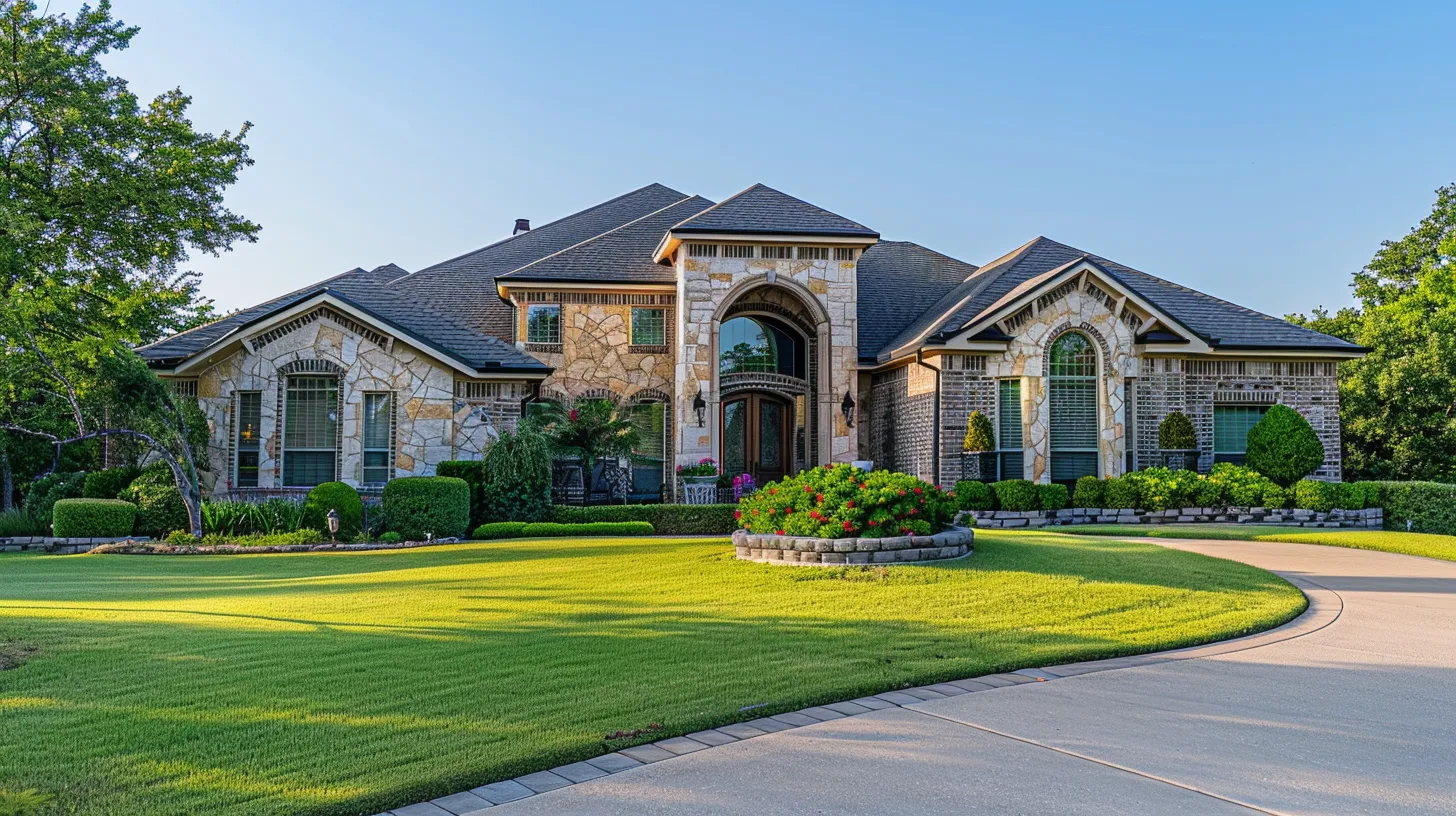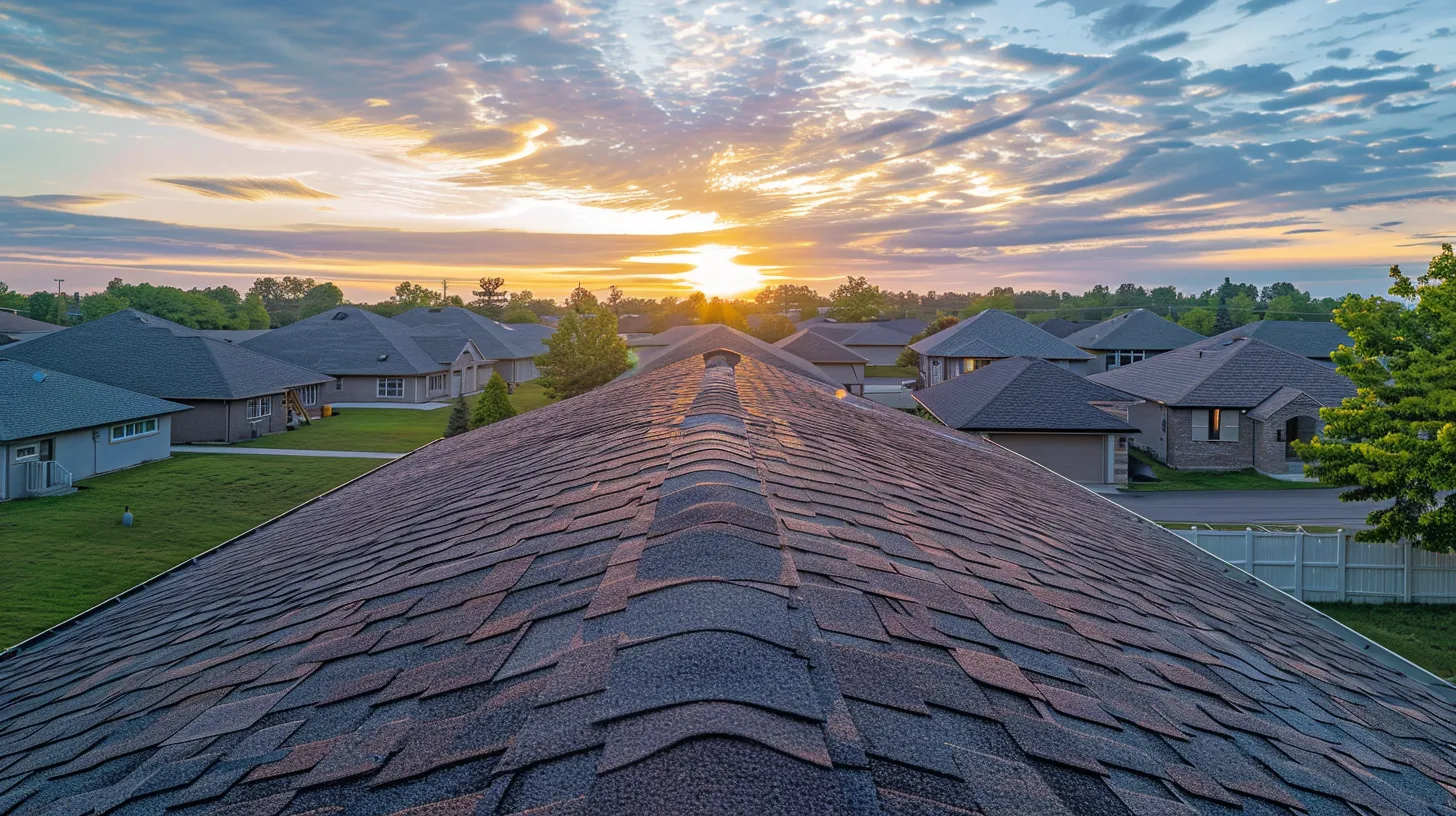
Essential Tips for Homeowners on Roofing Insurance Policies
Choosing the Right Roofing Insurance for Your Home
Are you unsure about which roofing insurance policy is best for protecting your home? With so many options available, selecting the right coverage can be challenging. In this guide, you will learn about key factors to consider when choosing roofing insurance, how to determine the right coverage for your needs, and common misconceptions that might mislead you. By understanding these aspects, you can safeguard your home and ensure peace of mind knowing you’re well protected against potential roofing issues.
Key Takeaways
- understanding the difference between cash value and replacement cost is crucial for homeowners
- evaluate roofing insurance options based on your home’s specific risks and climate conditions
- maintaining thorough documentation can simplify the claims process and ensure adequate coverage
- premiums for comprehensive roofing insurance may be higher but can offer greater peace of mind
- regularly review your policy to adjust coverage as needed for home improvements or changes
Understanding Roofing Insurance Policies for Homeowners
Roofing insurance is vital for homeowners, covering unexpected costs associated with roof repairs and replacements. You will find various homeowners insurance policies that protect against damage from debris, wear and tear, and other factors. Understanding cash value vs. replacement cost can help you choose the right policy, ensuring your investment is adequately protected.
Define Roofing Insurance and Its Significance for Homeowners
Roofing insurance is a critical component of home protection, providing coverage for costs arising from damage to your roof due to natural disasters, heavy snow, or other unforeseen events. When selecting a policy, it’s important to understand how home insurance companies assess different materials like slate, as this can affect both your premiums and coverage. Having adequate roofing insurance not only safeguards your investment in construction but also gives you peace of mind, knowing that repairs or replacements will be handled effectively when necessary.
Different Types of Roofing Insurance Policies Available
When considering roofing insurance, you should be aware of the different types of policies available to protect your home. One common option is actual cash value, which factors in depreciation and may not fully cover repairs after a leak. Alternatively, replacement cost policies provide full coverage for repairs without accounting for depreciation, making them potentially more suitable for homeowners with a metal roof or those in high-risk areas. It’s also wise to check how factors like your zip code and the type of vehicle insurance you select might influence your roofing policy, ensuring you choose a plan that best meets your needs.
Now that you grasp the basics of roofing insurance, it’s time to move deeper. Understanding what to look for in a policy can save you from costly mistakes.
Key Factors to Consider When Selecting Roofing Insurance
When selecting a roofing insurance policy, assess your roofing needs and the risks posed by your climate and location, such as severe weather or vandalism. Evaluate coverage limits and exclusions in policies to ensure proper homeowners insurance cover. Also, explore how the deductible amounts can impact the overall cost of your policy, helping you make informed decisions that protect your investment.
Assess Your Roofing Needs and Risks Based on Climate and Location
When assessing your roofing needs, consider how your local climate and environment can impact your roof’s longevity and performance. For example, areas prone to heavy rain or snow may require a more robust roofing material to prevent water damage, while regions with frequent storms might lead to increased roof damage, necessitating a full roof replacement sooner than anticipated. Understanding these risks allows you to opt for policies that provide adequate cash coverage for repairs, helping protect your investment effectively.
- Evaluate local weather patterns and potential for severe storms.
- Choose roofing materials suited for your climate’s demands.
- Consider the financial implications of cash vs. full replacement coverage.
- Ensure that your insurance policy aligns with the specific risks your roof may face.
Evaluate Coverage Limits and Exclusions in Policies
When evaluating coverage limits and exclusions in roofing insurance policies, you should pay attention to how your chosen insurance company addresses common risks. For example, policies may vary significantly in how they handle damage from hail or extreme weather events, which can lead to substantial expense if the limits are too low. By carefully reviewing the specific inclusions and exclusions, especially regarding materials like asphalt shingle, you can ensure you have adequate protection against the specific threats your home faces.
Explore the Impact of Deductible Amounts on Cost
The deductible amount in your homeowners insurance policy significantly influences your overall costs, especially when it comes to roof replacements. A higher deductible usually reduces your premium, but it also means you’ll pay more out of pocket before the insurance cover kicks in for any repairs or replacements. By carefully assessing your financial situation and potential repair costs, you can choose a deductible that balances affordability with adequate reimbursement, ensuring you’re protected from unexpected roofing expenses.
Understanding the right insurance can shield your home from unexpected storms. Next, we’ll uncover how to choose coverage that truly meets your needs.
Determining the Right Coverage for Your Home
Analyze the value of choosing between full replacement and actual cash value to ensure your home is fully protected. Investigate potential endorsements and additional coverage options that enhance your home insurance policy. Also, consider how liability insurance related to roofing issues can safeguard you against potential accidents. Each of these aspects plays a crucial role in determining the right coverage for your home.
Analyze the Value of Full Replacement vs. Actual Cash Value
When choosing between full replacement and actual cash value coverage, consider how each option addresses your potential roofing needs. Full replacement coverage ensures that if a storm damages your roof, you can replace it entirely without accounting for depreciation, providing peace of mind against unexpected expenses. On the other hand, actual cash value policies may only cover the roof’s current worth, leaving you vulnerable to higher out-of-pocket costs, especially if you face damage from a covered peril. By understanding these differences, you can make a more informed decision that aligns with your long-term goals and financial situation, all while maintaining your legal liability in case of accidents related to roofing issues.
Investigate Endorsements and Additional Coverage Options
When assessing your homeowners insurance, it is essential to investigate endorsements and additional coverage options that can provide more comprehensive protection. For instance, considering options like flood insurance and lightning coverage can safeguard you against specific damages that standard policies may not fully cover. Such endorsements help mitigate costs related to unforeseen events, ensuring you’re better prepared for potential roof replacement costs that arise from severe weather or other incidents.
- Evaluate standard policy coverage limits.
- Consider endorsements that offer broader protection.
- Explore additional options like flood insurance or lightning coverage.
- Assess how these endorsements impact your overall insurance coverage.
Consider Liability Coverage Related to Roofing Issues
When considering roofing insurance, don’t overlook liability coverage related to roofing issues. This type of coverage protects you against claims arising from accidents or injuries occurring on your property, which can be especially important during a roof replacement or repair. Insurance companies often offer various options within your dwelling policy that include liability coverage, ensuring you are safeguarded against potential lawsuits or costs associated with unforeseen incidents, such as someone getting injured due to falling debris, as well as impacts from related perils like flood damage.
Choosing the right coverage is just the beginning. Next, you will want to compare providers, seeking the best fit for your needs and peace of mind.
Comparative Analysis of Insurance Providers
Researching top insurance providers that specialize in roofing coverage is critical for your peace of mind. You should review customer feedback regarding claim handling experiences to avoid any potential scam or hazard. Comparing quotes is essential in establishing the best value for your needs, especially when considering factors like depreciation and costs associated with roof replacement from wind damage.
Research Top Insurance Providers Specializing in Roofing Coverage
Researching top insurance providers specializing in roofing coverage is essential for securing the best property insurance for your home. When evaluating options, consider how each provider handles home inspections and warranties related to roof installations, as these factors can significantly impact your overall coverage and peace of mind. Additionally, make sure the policies comply with local building codes, ensuring that you receive adequate protection while meeting all legal requirements for roofing projects.
Review Customer Feedback and Claim Handling Experiences
When considering different insurance providers for roof coverage, reviewing customer feedback and their experiences with the claims process can provide valuable insights. Positive testimonials often highlight the efficiency of handling roof insurance claims, showing how quickly and fairly a company processes requests. By focusing on these experiences, you can better assess which policies and contracts offer not only comprehensive home insurance cover but also reliable support in times of need, ensuring your property is safeguarded against unexpected events.
Compare Quotes to Establish the Best Value for Your Needs
To effectively navigate the realm of personal finance in relation to roofing insurance, you should compare quotes from various providers. This process allows you to assess different policy options and understand how each aligns with your specific needs. By obtaining multiple quotes, you can gauge the coverage available, premiums, and deductible amounts, which helps ensure that you are getting the best value for your investment in roofing protection.
After weighing the options for insurance providers, it’s time to look at what many people get wrong about roofing insurance. These misconceptions can lead to costly mistakes that homeowners need to avoid.
Common Misconceptions About Roofing Insurance
Many homeowners hold misconceptions about roofing insurance that can affect their decision-making. You will learn how to clarify myths surrounding claims and the differences in coverage options. Addressing worries about the costs of comprehensive policies will empower you to make informed choices. Furthermore, by understanding your responsibilities in the claims process, you can navigate insurance matters more effectively.
Clarify Myths Surrounding Claims and Coverage Differences
Many homeowners mistakenly believe that all roofing insurance claims will be handled the same way, but this is not the case. Each insurance policy may differ in how coverage is defined, the types of damage included, and the process for filing a claim. Understanding these differences can help you choose the right policy that aligns with your roofing needs and avoid surprises when it’s time to make a claim.
Dispel Fears About Cost and Affordability of Comprehensive Policies
Many homeowners fear that comprehensive roofing insurance policies will be prohibitively expensive, but this is often a misconception. While premiums may be higher for full coverage, the peace of mind and financial protection they offer can outweigh the costs, especially in the event of significant damage. By evaluating your specific needs and comparing quotes, you can find a policy that ensures adequate protection without stretching your budget.
Understand the Responsibilities of Homeowners in the Claims Process
Understanding your responsibilities as a homeowner in the claims process is crucial for navigating roofing insurance effectively. You should document any damage thoroughly, including taking photos and making a detailed list of affected areas. This proactive approach not only helps in filing a claim but also supports your case with the insurance company, ensuring you receive the coverage you deserve for repairs or replacements.
- Document damage with clear photos and detailed lists.
- Communicate promptly with your insurance provider about the claim.
- Be prepared to provide necessary documentation and information as needed.
You’ve faced the myths about roofing insurance. Next, let’s look at practical tips to help you manage your policy effectively and safeguard your investment.
Tips for Managing Your Roofing Insurance Policy
To effectively manage your roofing insurance policy, it’s essential to keep thorough documentation of your roofing materials and repairs. Regularly review your policy terms and adjust coverage as needed to ensure it meets your current needs. Understanding the process for filing a claim effectively will also help you navigate any unexpected incidents with confidence and ease.
Keep Documentation of Roofing Materials and Repairs
Keeping thorough documentation of your roofing materials and repairs is essential when managing your roofing insurance policy. By maintaining a detailed record, including receipts, photos, and descriptions of work done, you can provide clear evidence to your insurance provider in case of a claim. This proactive approach ensures that you can accurately represent the value of your roof and the extent of any repairs needed, ultimately facilitating a smoother claims process and protecting your investment in home improvement.
Regularly Review Policy Terms and Adjust Coverage as Needed
Regularly reviewing your roofing insurance policy is vital to ensure it aligns with your current needs and circumstances. This review allows you to adjust coverage limits in response to changes in your home’s value or upgrades you’ve made, such as installing a new roof. By staying proactive and informed about your policy terms, you can avoid coverage gaps and ensure that your home remains adequately protected against potential damage.
Know the Process for Filing a Claim Effectively
To navigate the claims process effectively, start by thoroughly documenting any damage to your roof, including photographs and detailed descriptions of the affected areas. This organized approach will help you present clear evidence when filing your claim, making it easier for your insurance provider to process your request. Additionally, be proactive in communicating with your insurance company, providing any necessary information promptly to facilitate a smoother claims experience and ensure that you receive the coverage you deserve.
Conclusion
Selecting the right roofing insurance is essential for safeguarding your home and investment against unforeseen damage. By understanding the differences in policy types, coverage limits, and potential risks related to your location, you can make informed choices that best meet your needs. Keeping thorough documentation and regularly reviewing your policy allows you to adapt coverage as your circumstances change. Ultimately, choosing adequate roofing insurance provides peace of mind, ensuring you are prepared for any unexpected roofing repairs or replacements.




